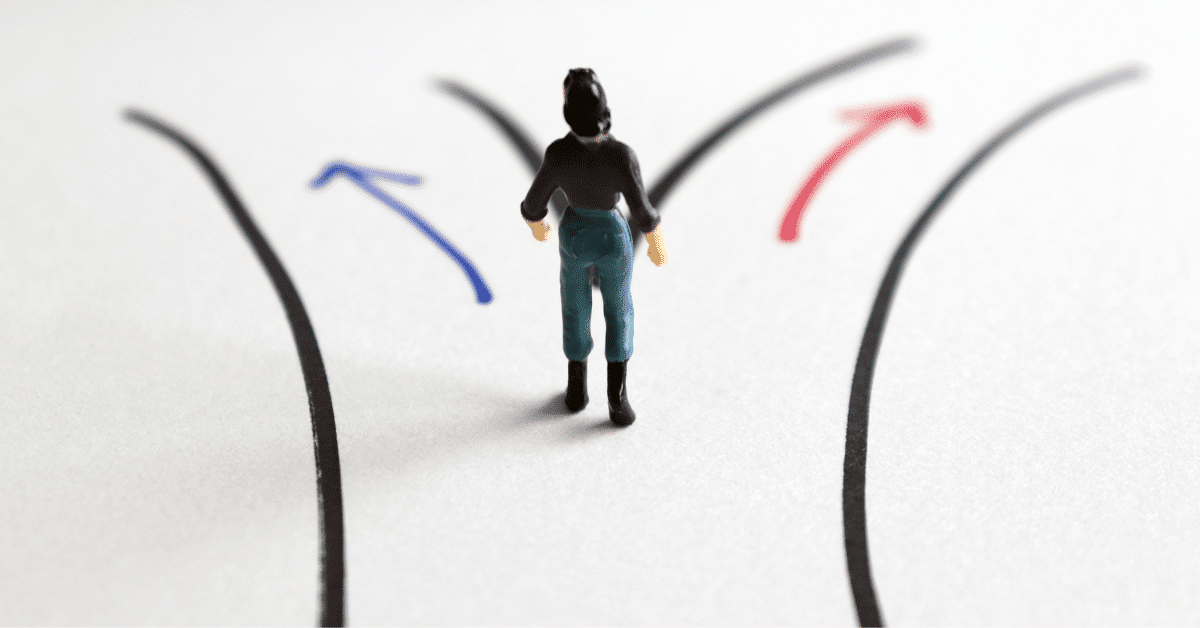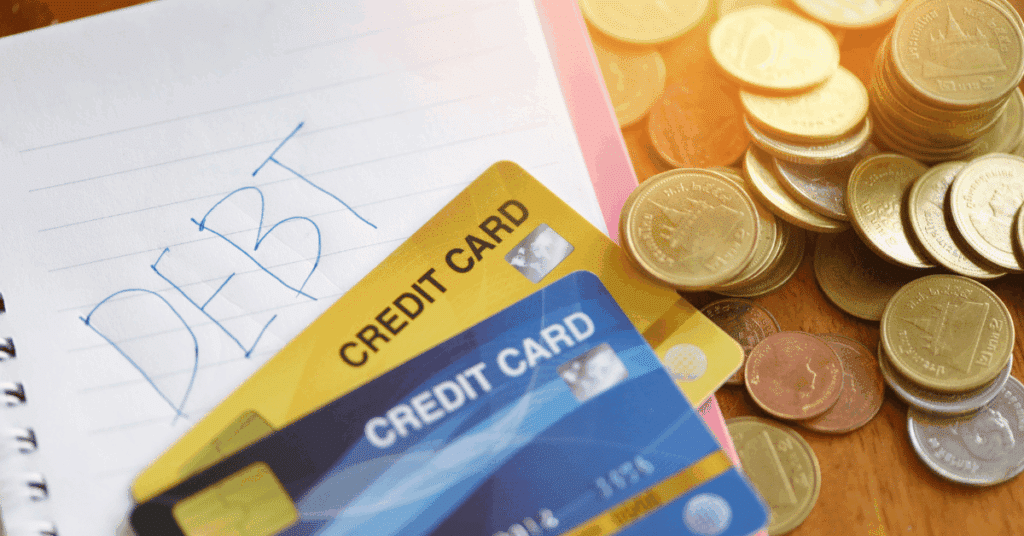
Topics
Struggling to get out of debt and unsure which strategy works best? Our free calculator compares the two most effective methods for paying off debt: the Snowball Method and the Avalanche Method. Discover which one fits your unique financial situation best.
What Are the Snowball and Avalanche Methods?

Before using our calculator, it’s important to understand how each method works:
Snowball Method
Popularized by Dave Ramsey, the Snowball Method focuses on paying off the smallest balances first, regardless of interest rate. The idea is to build momentum, like a snowball rolling downhill:
- List all your debts from smallest to largest balance
- Make minimum payments on all debts
- Apply any extra money to the smallest debt
- Once the smallest debt is paid off, roll its payment into the next smallest debt
Advantages of the Snowball Method:
- Provides quick wins that boost motivation
- Easier to follow psychologically for many people
- Reduces the number of monthly payments faster
Avalanche Method
The Avalanche Method targets the highest interest rates first, regardless of balance. This method usually saves the most money over time:
- List all your debts from highest to lowest interest rate
- Make minimum payments on all debts
- Apply any extra money to the debt with the highest rate
- Once that debt is paid off, apply its payment to the next highest-rate debt
Advantages of the Avalanche Method:
- Typically saves more on interest overall
- May shorten your total debt payoff time
- More efficient from a mathematical standpoint
How to Use Our Debt Payoff Calculator

Our interactive calculator is easy to use and provides detailed results to guide your decision:
- Enter the details of each debt:
- Debt name (e.g., credit card, car loan)
- Current balance
- Annual interest rate (%)
- Minimum monthly payment
- Add all your debts:
- Click “Add Debt” to include each of your debts
- Add as many debts as needed
- Set a monthly extra payment (optional):
- If you can pay more than the minimum, enter the extra monthly amount
- Click “Calculate” to view your results:
- Total amount paid under each method
- Total interest paid
- Time required to pay off all debts
- Estimated payoff date
- Compare detailed payoff timelines:
- View a month-by-month breakdown of each method
- Analyze the long-term impact
Which Method Is Better for You?

While the Avalanche Method usually saves more money, the Snowball Method can be more effective for many people due to its motivational factor. Consider:
- Choose the Snowball Method if:
- You need motivation to stay committed
- You have many small debts that can be eliminated quickly
- You value visible progress over maximum savings
- Choose the Avalanche Method if:
- Your top priority is minimizing interest
- You have the discipline to stick with a long-term plan
- Your high-interest debts also have large balances
Our calculator will show you the exact difference between the two methods based on your unique situation, helping you make an informed choice.
Tips to Speed Up Debt Payoff

Whichever method you choose, here are some effective ways to accelerate the process:
- Find extra income sources: Try a part-time job, freelance work, or selling unused items.
- Cut unnecessary expenses: Identify what you can reduce and redirect that money to your debts.
- Negotiate lower interest rates: Contact lenders and request better rates, especially for credit cards.
- Consider debt consolidation: Merging multiple debts into one with a lower rate can help in some cases.
- Gradually increase your extra payments: Even small increases can significantly reduce your repayment time.
- Use windfalls wisely: Apply bonuses, tax refunds, and other unexpected income toward your debts.
Frequently Asked Questions About Debt Payoff
Which method really saves more money?
In most cases, the Avalanche Method saves more on interest, since it targets high-rate debts first. However, the psychological benefits of the Snowball Method can outweigh the financial savings for some people.
How long will it take to get out of debt?
It depends on your total debt, interest rates, minimum payments, and how much extra money you can put toward it each month. Our calculator provides a personalized estimate.
Should I use my savings to pay off debt?
It’s best to keep an emergency fund of at least 3 months of expenses. After that, using part of your savings to pay off high-interest debt may make sense.
What if I can only make minimum payments?
You’ll eventually pay off your debt, but it will take longer and cost more in interest. Try to find even a small amount to add each month.
Can I combine the Snowball and Avalanche methods?
Yes! Many people start with Snowball to gain momentum and switch to Avalanche later—or prioritize very high-interest debts first, then move to Snowball.
Start Your Journey to Financial Freedom Today
No matter which method you choose, the most important thing is to get started. Use our calculator to create a clear plan and begin your path to becoming debt-free today. Financial freedom is within your reach!






Leave a Comment